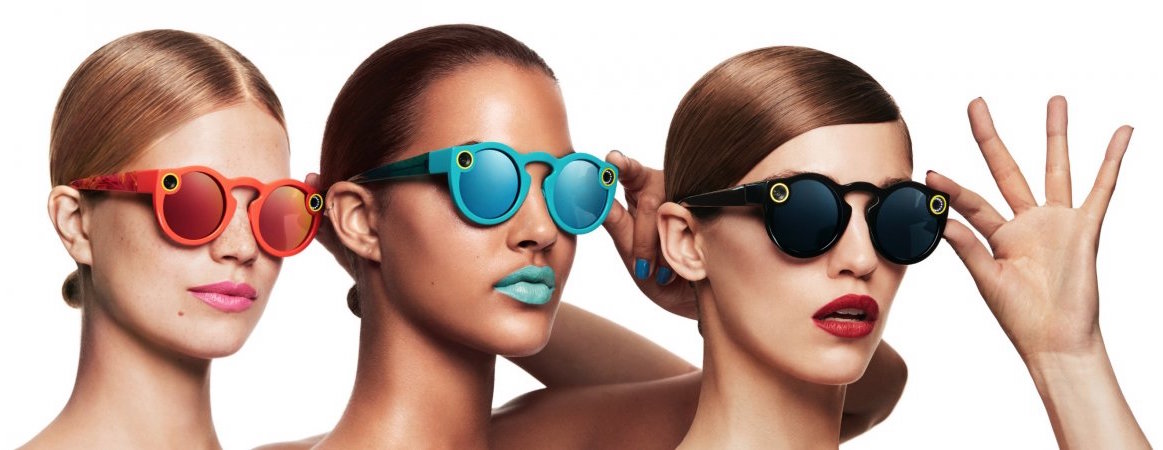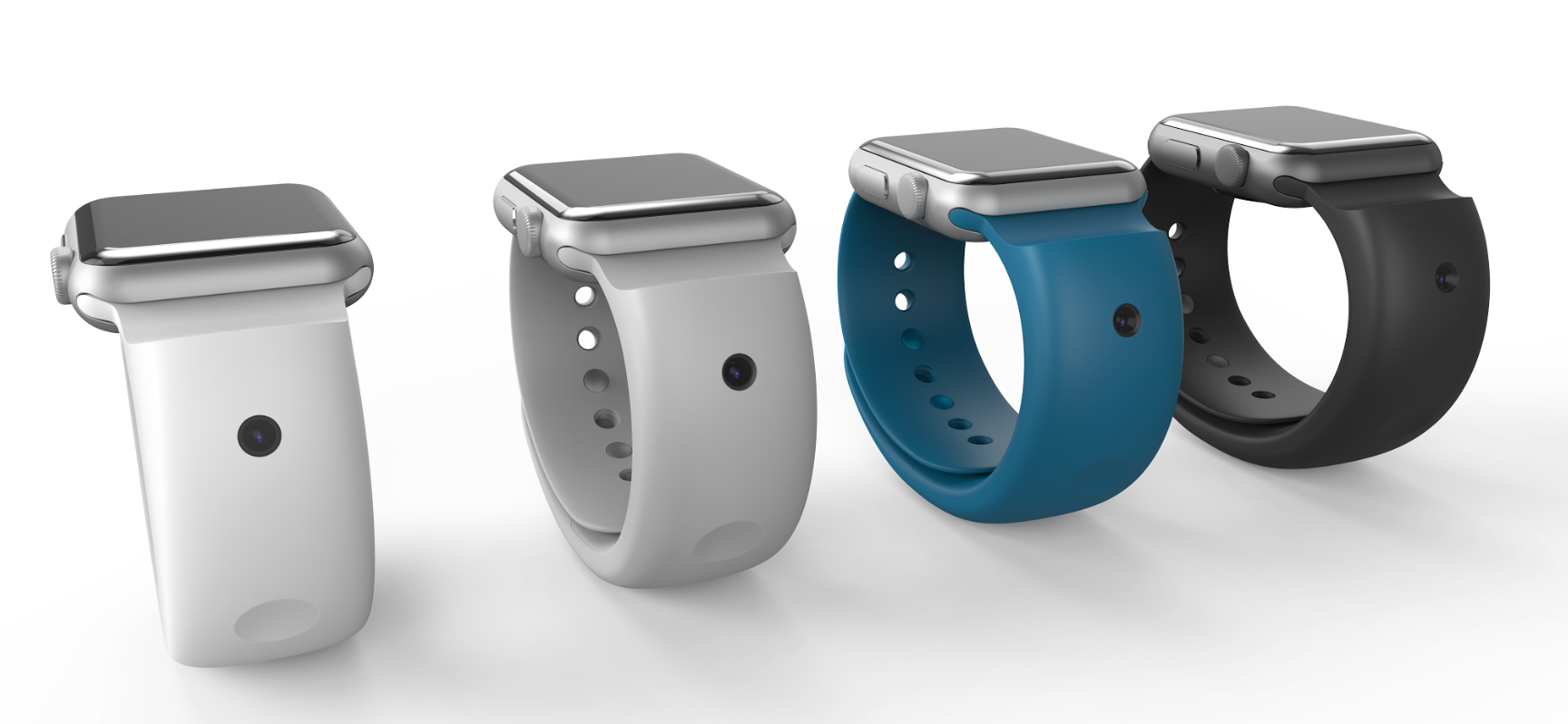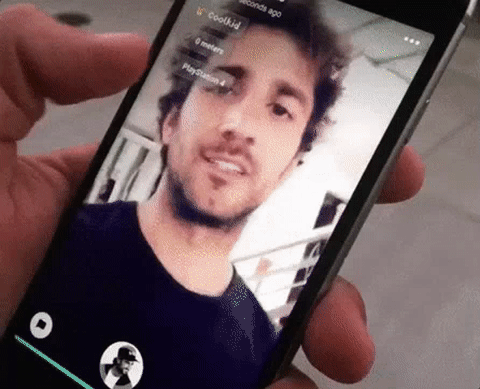The danger with toys is that too often they’re not taken seriously.
This is the case with Snap’s new Spectacles. Buried deep in the excess of the plastic and PR lies a camera system that tells us a lot about the future of commerce, security and communication.
With rumors that Apple could design smart-glasses, and Mark Zuckerberg’s call for “camera-first” photo-sharing, it’s clear that some companies have already started to realize the immense business opportunity offered by cheap cameras coupled with smart machine learning.

The value of new perspectives
Imagine a pill bottle that you don’t want falling into the wrong hands. With inexpensive micro-cameras embedded into the cap, the bottle could authenticate a person the same way Samsung used iris recognition on the (now deceased) Galaxy Note 7.
The addition of a camera provides the necessary hardware to power better machine learning frameworks. These systems could learn from our behavior in the physical world, breaking away from the digital confines of social media profiles and search history to empower startups struggling to compete with behemoths like Google and Facebook.
Limitations are good for business
Smart-home devices like Amazon Echo and Google Home sprang up because those companies discovered, and quickly acted upon, a hardware limitation in all of our smartphones. Without an omnidirectional microphone, trying to tell your phone to play music from across the room is impossibly frustrating.
Cameras actually make a lot more sense than microphones in many cases. Looking or pointing in the direction of information is often much more natural than talking to inanimate objects. In the case of that prescription bottle, you probably wouldn’t want to use your AirPods to announce to the world the meds you’re taking. If you need anymore proof of the incredible awkwardness of voice communication, just remember the era of the Blue(douche) headset. Microphones do have a place, but let’s not breathe life into the quill pen for the sake of nostalgia.
The key to unlock the camera from the smartphone will be the same one that disconnected the microphone — perspective. Our phones are in constant motion, but their perspective is limited to our point of view. Heck, we invented an entire social norm, the selfie, to make up for this. Asking whether we need another camera in our lives is the wrong question. New hardware won’t capture the same content as our phones and may not even require a shutter button.
Owning the ecosystem
Of course, to make this work, companies must own the point of interaction with the consumer. In just a short time, Apple was able to extract more than a billion dollars in media sales by jumping the line to control users’ streaming habits right at the point of consumption with its Apple TV. Companies with a vision for the camera can follow the same business model right to untapped revenue.
For example, Snap’s Spectacles give the company the power to set the rules for content. The glasses will only capture 30 seconds of video in 10-second bursts in 115-degree circular format, which means if they catch on and play well with other systems, others will need to adapt to it. Instagram exercised the same power with its now universally recognizable square photo format.

Glide’s new smartwatch band for Apple Watch with built-in front- and rear-facing cameras.
Augmented reality is everything
Glide, a social-networking startup, recently launched CMRA, a smartwatch band for the Apple Watch with two built-in cameras. Interestingly, Glide was founded as a walkie-talkie video messaging platform back in 2012 with aspirations much the same as startups like Marco Polo and Tribe.
 The technology behind Tribe, an AR video messaging platform that displays key context from video messages in the form of text, will become particularly valuable as this fundamental shift in content consumption plays out. Influencers and professional content creators will have yet another mechanism for connecting fans with products and services.
The technology behind Tribe, an AR video messaging platform that displays key context from video messages in the form of text, will become particularly valuable as this fundamental shift in content consumption plays out. Influencers and professional content creators will have yet another mechanism for connecting fans with products and services.
The camera on the iPhone 7 is reported to cost Apple just $26 to produce. In the near future, it’s possible that lo-fi variants could border on disposable.
These devices could identify items in your fridge or capture the measurements of your wall to spark impulse purchasing decisions. None of this would be possible with just microphones. As this cost continues to come down, a hardware paparazzi will do the bidding for our machine learning overlords, giving savvy companies important new perspectives on the world.
